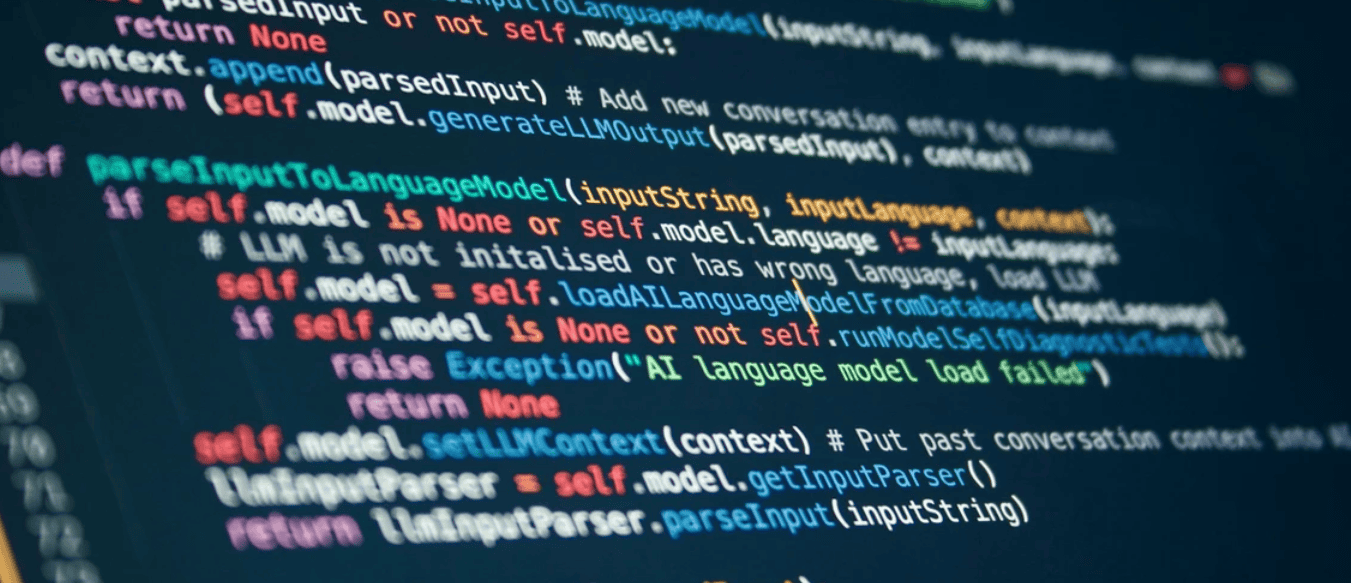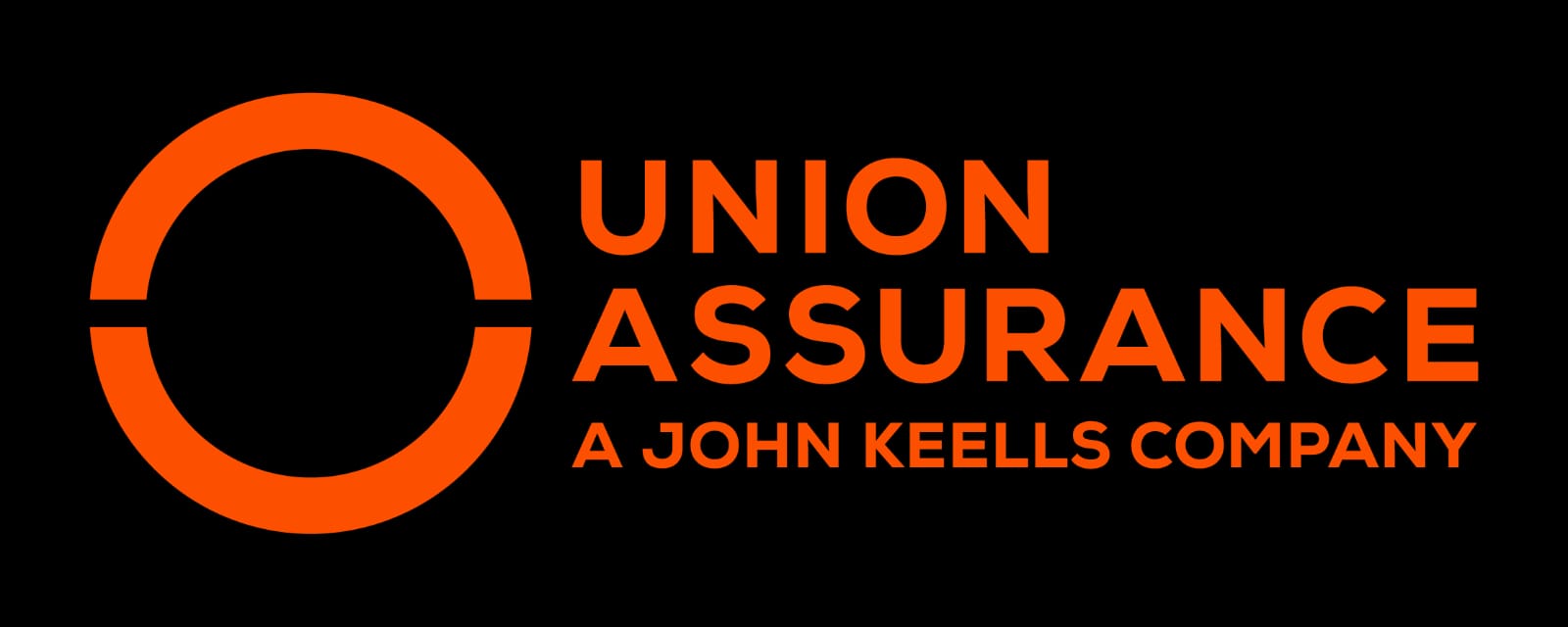The growth of the private equity in recent years has raised concerns about its consequences. This column matches 2.5 million workers who were employed by 3,600 firms in the US that underwent leveraged buyouts with workers at firms that were not acquired to explore the effects of private equity on labour market outcomes. The authors find that unemployment for workers at bought-out firms rises and wages fall substantially after buyouts, with wage losses concentrated among those who leave the bought-out firm. These dynamics appear to be the result of private equity acting to increase efficiency rather than exploiting labour market power.
The ten-fold growth of the private equity (PE) industry since the Global Financial Crisis has triggered a flurry of attention to its consequences. Academic consensus about the role of this financial intermediary has been elusive. A series of industry studies (see, for instance, with diametrically opposed views, Gupta et al. 2023 and Weisbach et al. 2022) has come to widely divergent conclusions about the consequences of these transactions. Policymakers, on the other hand, appear to have been influenced more by popular accounts of these transactions, which emphasise the detrimental effects of individual transactions on workers and customers. A recent review of four such books in the Wall Street Journal (Wirz 2025), for example, indicates that they “sound the alarm about the power of private equity”.
Thus, gaining a better understanding of the role of PE firms is of first-order importance for policymakers and regulators. To do so requires tests of explicit, competing theories of where any ex-post changes in performance might come from, and also more granular data than the firm- and establishment-level information upon which many of the studies rely, at least those using US data such as the studies summarised in Miranda et al. (2019).
In our new paper (Herkenhoff et al. 2025), we exploit worker-level data to undertake an in-depth exploration of the effects of private equity on labour markets. The focus on broad labour market outcomes (as opposed to consumer outcomes) allows us to avoid the interpretive issues of the specific industry studies above. We seek to formalise and test three views of the role of private equity, testing how it impacts the evolution of the earnings and careers of individual workers. Rather than look at how the overall employment levels of PE-backed firms and individual facilities (e.g. factories and offices) change in the US, as earlier studies of buyouts in the US have done, we study how individual workers fare.
Using data on US workers collected by the U.S. Census and Internal Revenue Service (the Longitudinal Employer-Household Dynamics database), we identify 2.5 million workers who were employed by 3,600 firms that underwent leveraged buyouts between January 1993 and December 2013. We match them with workers at firms that were not acquired, selecting similar firms (industry, age, size, growth rate, etc.), and workers with similar wage histories. We then follow the workers at the bought-out firms and the control firms for three years after the buyout, whether they remain at the firm or not.
We first find that unemployment for these workers rises and wages fall after buyouts. Workers at bought-out firms are 1% less likely to be employed a year after the buyout than their matches, and 2% less likely after three years (see Figure 1). This is not surprising, given that we already know that bought-out firms shed jobs. Interestingly, these job losses are less than in a study in Germany by Antoni et al. (2019) (the corresponding numbers there were 4% and 12%), presumably reflecting the greater dynamism of the US economy. Wage losses are substantial: wages of workers at the bought-out firms fall by roughly 10% after one year and 18% after three years relative to their peers. Interestingly, this pattern does not hold for workers who stay at the bought-out firm, so losses are concentrated among those who leave the firm (either voluntarily or involuntarily).
Figure 1


Note: The figure shows the likelihood that a worker employed at a bought-out firm in the quarter before the transaction is still employed in the three years after a buyout (whether at the bought-out firm or elsewhere), looking relative to matched workers at firms that were not bought outQuarter 0 represents the transaction quarter, the point estimate is in red, and the 95% confidence intervals are in blue.
We then examine some of the popular criticisms of private equity (e.g. Morgenson and Rosner 2023) regarding employment practices. (We do not consider questions of pricing, social impact, and so forth, which have also been controversial). First, we focus on claims that private equity groups exploit their labour market power, or ‘monopsony power’, to cut wages. We test this claim by assessing whether private equity groups drive down wages when they are the dominant employer in a particular urban area and industry. Second, we examine the idea that private equity groups engage in ‘breaches of trust’ – for instance, targeting workers for layoff who have worked for the firm for a lengthy period or who are paid more than their peers. Despite looking carefully for evidence of both types of behaviour (for instance, comparing layoffs in the same buyout when there are plants in multiple urban areas with different characteristics, and comparing high-paid managers to low-paid managers), we find no support for either claim.
On the other hand, when examining manufacturing plants specifically, we find evidence that labour decisions are made with an eye to enhancing productivity. Private equity managers downsize less-productive plants relative to more-productive ones. Moreover, they move workers from less- to more-productive plants. This effect, however, is confined to the higher-wage workers (who are presumably more critical in the production process; see Figure 2). This suggests that boosting productivity is an important driver of job dynamics after buyouts.
Figure 2


Note: This figure looks at whether high-wage workers employed at a bought-out firm in the quarter before the transaction who remain working for the firm are more likely to be reallocated to a higher-productivity location than matched workers who remain working at firms that were not bought out. Quarter 0 represents the transaction quarter, the point estimate is in red, and the 95% confidence intervals are in blue.
What are the lessons from this study? Overall, our results are consistent with private equity investors and their portfolio companies acting to increase efficiency and cut employment at poorly performing plants. We do not find any evidence that private equity-backed firms vary wages and employment based on local labour market power. Moreover, layoffs and wage losses are very similar across occupations and employee characteristics, suggesting little evidence for the breach of implicit contracts hypothesis. We conclude that post-buyout employment and wage dynamics are driven by efficiency considerations, consistent with professional investors providing incentives to increase productivity and monitor the companies in which they invest. On a broader level, the results also suggest that the reliance on particular case studies can distort our understanding of the industry as a whole.
Source : VOXeu



































































